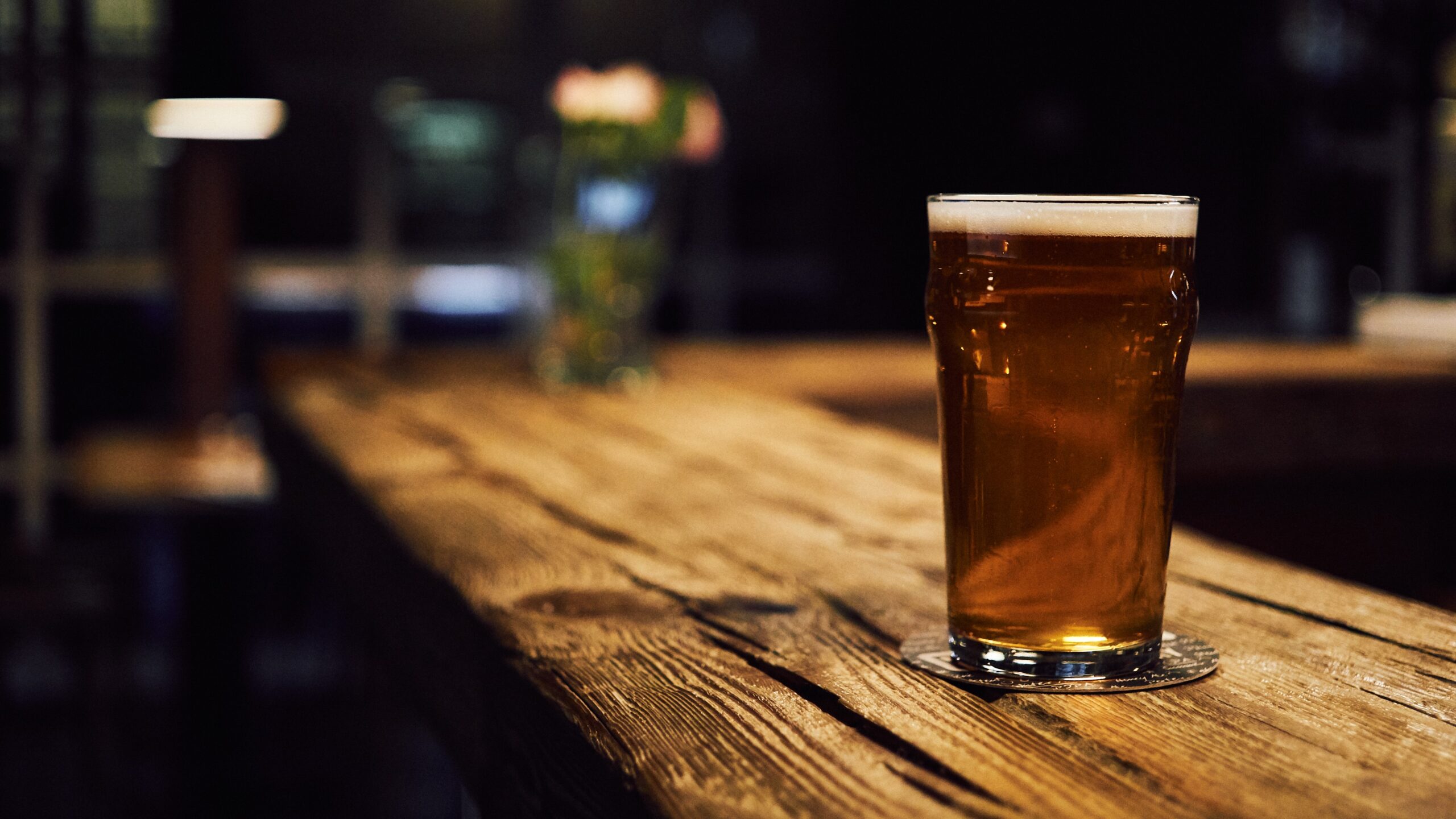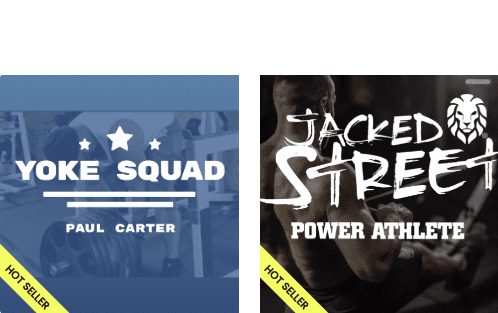The key to better athlete recovery: Upgrade Your Evening Routine
Recovery// the key to better athlete recovery starts with your evening routine
Thanks to caffeine, pre-workout supplements, and more prevalent movement activation, athletes are arguably more primed to hit the ground, the gym, or the field running – literally – than ever before. Yet with all this focus on priming the performance pump, athlete recovery often gets short shrift. We’re all so concerned with accelerating from a standstill to 60 miles an hour that we neglect to slow ourselves back down again. And as a result, we can hit a wall really hard.
The consequences? Persistent sleep problems, reduced training adaptation, hormonal imbalances, chronic inflammation, and getting stuck in a sympathetic stress state.
When we recognize such issues (if at all), the default is usually a pharmaceutical Band-Aid like sleeping pills (market size: $26 billion a year), alcohol, weed, or a growing number of natural options. Or we double down on the other end of the stimulant-sedative cycle and try to override what our weary bodies are trying to tell us with so-called energy drinks and yet more coffee (me too on the latter). In which case, the pattern merely perpetuates itself, until an incident or injury serves notice that we cannot outpace our lack of sufficient recovery any longer.
While there is no single magic bullet, here are a few tips to try and cycle down more effectively each evening for better rest and recovery (for more, see my recent interview with sleep expert Chris Winter, which are equally applicable for adults and kids alike):
CUT THE CAFFEINE EARLIER
I’ll confess that I say not as I do here. Whether it’s a later training session with a friend or a deadline like the one I’m trying to beat with this very article, I’ll keep hitting the caffeine accelerator well past sunset when needs must. If it’s not espresso, then I’ll downcycle to green or black tea.
Sound familiar? If so, perhaps we can make a shared resolution to change our ways. Even if you’re a fast metabolizer of caffeine, the half-life of a single cup is typically around five to six hours. So long after the buzz fades, it’s still impact you. Even we night owls cannot override our physiology and just keep hitting reload.
What I suggest is nothing too ascetic. Instead of being one of those annoying people who says things like, “I don’t drink coffee past noon,” simply cut back the finishing time for your last loaded drink of the day by an hour and take note of how that affects your sleep for a week (hopefully it improves). If the caffeine cutback is working well, perhaps go back another hour. Need a substitute for your warm drink at night? Then try a cup of calming chamomile, or another non-caffeinated herbal tea, instead.

ONE IS GOOD, TWO IS OK, THREE IS TOO MANY
When you live staggering distance from a good pub in Colorado (what’s up, Revival Brews?), it’s all too tempting to join your friends for a locally brewed stout and chase it with a good single malt. Maybe that’s just me, but I doubt it. Yet while it’s fun to hit happy hour with friends, go too far and you’re not going to sleep well and will be hurting in the morning (see Jerry Seinfeld’s classic bit about night guy screwing over morning guy). This is why slumber experts like Matthew Walker, author of Why We Sleep, abstains from alcohol – because he knows too much.
You don’t have to go for total abstinence (although it might be better than the soundalike word, absinthe). Instead, stick to a simple rule a good friend shared with me a few years ago: one drink is good, two is OK, three is too many. And try to take your tipple with food, the earlier the better. This slows the absorption of alcohol (one study found it can reduce peak alcohol levels by almost a quarter) and will limit adverse consequences like the dreaded “rebound effect,” where you go to sleep easily, but then wake up all alert at 3 or 4 AM.

Take A Breath
A long, slow, nasal one. Breathing is a portable practice in that it’s elemental and is always available. And it also ties into the autonomic system, making it the perfect way to adjust your state in just a few minutes. The simplest technique is to lie down in a darkened room and breathe in and out of your nose slowly. If you can extend the exhales to seven seconds or longer, you’ll activate the parasympathetic response more readily.
A study published in Frontiers in Psychology concluded that taking five to seven nasal breaths per minute leads to optimal heart rate variability. Ready to try something a little more advanced? Then take a tip from my Unplugged co-author Brian Mackenzie. Breathe in through your nose for five seconds, hold your breath for 15 seconds, then exhale nasally for 10 seconds. Within five to 10 minutes of repeating this cycle, you should be yawning and ready for bed.
Get Wet
Another top tactic for relaxing in the evening is to do some contrast therapy, which is a fancy way of referring to the combination of heat and cold. To get the full benefits – including a reduction in inflammation markers, increased growth hormone production, and elevated cellular function, opt for a sauna and ice bath. But you can get more of these advantages by simply taking a warm bath or hot tub soak and following it with a minute or two under a cold shower.
While exposing yourself to extreme temperatures initially creates a fight or flight reaction (most prominently in the ice bath – hence your desire to hop out of it immediately – breathe through that), this is followed by a parasympathetic relaxation response that can last for several hours, according to a paper published in the American Journal of Physiology.
Just make sure you start slowly, avoid alcohol, and keep a glass of water or a pinch of sea salt beside you while in the heat. And if you start to feel woozy or notice any other adverse effects, then stop. Also, wait at least an hour after your workout before getting your chill on, as getting into cold before that can blunt the stimulus that prompts adaptation.

Work It Out
Nope, I’m not suggesting going back to the gym again. But rather doing some soft tissue work while you wind down. There’s no need to go all crazy with fancy tools like vibrating rollers or pricey percussion therapy devices. A medium resistance band, a couple of lacrosse balls, a larger ball, and a roller will suffice.
As a simple rule of thumb, target any of your known problem areas (that aching back or dodgy ankle), focus on the major muscle groups you targeted in your last workout, and over the course of a week, work from head to toe to uncover trouble spots you may otherwise neglect. Sure, getting a massage every day would be nice, but unless you’re a pro athlete with the accompanying budget, that’s not realistic. To take charge of your own self-care, follow the advice of MobilityWOD’s Kelly Starrett and “Do 10 minutes of mobility work a day, every day.”
Are you a better coach after reading this?
More coaches and athletes than ever are reading the TrainHeroic blog, and it’s our mission to support them with useful training & coaching content. If you found this article useful, please take a moment to share it on social media, engage with the author, and link to this article on your own blog or any forums you post on.
Be Your Best,
TrainHeroic Content Team
HEROIC SOCIAL
HEROIC SOCIAL
TRAINING LAB
Access the latest articles, reviews, and case studies from the top strength and conditioning minds in the TH Training Lab


